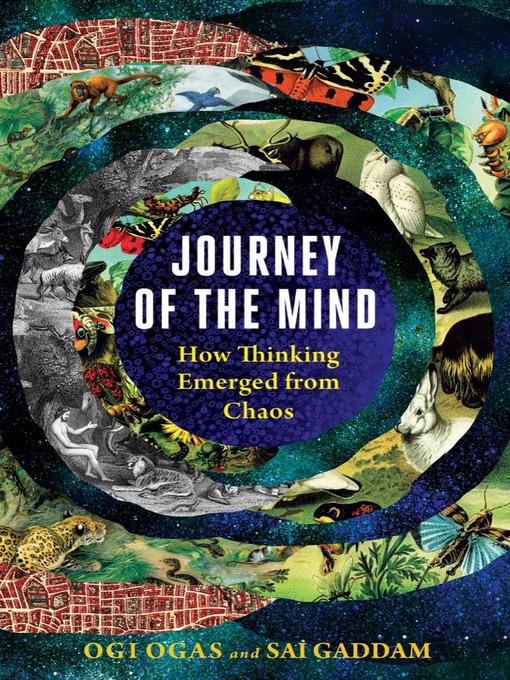Two neuroscientists reveal why consciousness exists and how it works by examining eighteen increasingly intelligent minds, from microbes to humankind—and beyond.
Why do you exist? How did atoms and molecules transform into sentient creatures that experience longing, regret, compassion, and even marvel at their own existence? What does it truly mean to have a mind—to think? Science has offered few answers to these existential questions until now.
Journey of the Mind is the first book to offer a unified account of the mind that explains how consciousness, language, self-awareness, and civilization arose incrementally out of chaos. The journey begins three billion years ago with the emergence of the universe's simplest possible mind. From there, the book explores the nanoscopic archaeon, whose thinking machinery consists of a handful of molecules, then advances through amoebas, worms, frogs, birds, monkeys, and humans, explaining what each "new" mind could do that previous minds could not. Though they admire the triumph of human consciousness, Ogi Ogas and Sai Gaddam argue that humans are hardly the most sophisticated minds on the planet. The same physical principles that produce human self-awareness are leading cities and nation-states to develop "superminds," and perhaps planting the seeds for even higher forms of consciousness.
Written in lively, accessible language accompanied by vivid illustrations, Journey of the Mind is a mind-bending work of popular science, the first general book to share the cutting-edge mathematical basis for consciousness, language, and the self. It shows how a "unified theory of the mind" can explain the mind's greatest mysteries—and offer clues about the ultimate fate of all minds in the universe.


